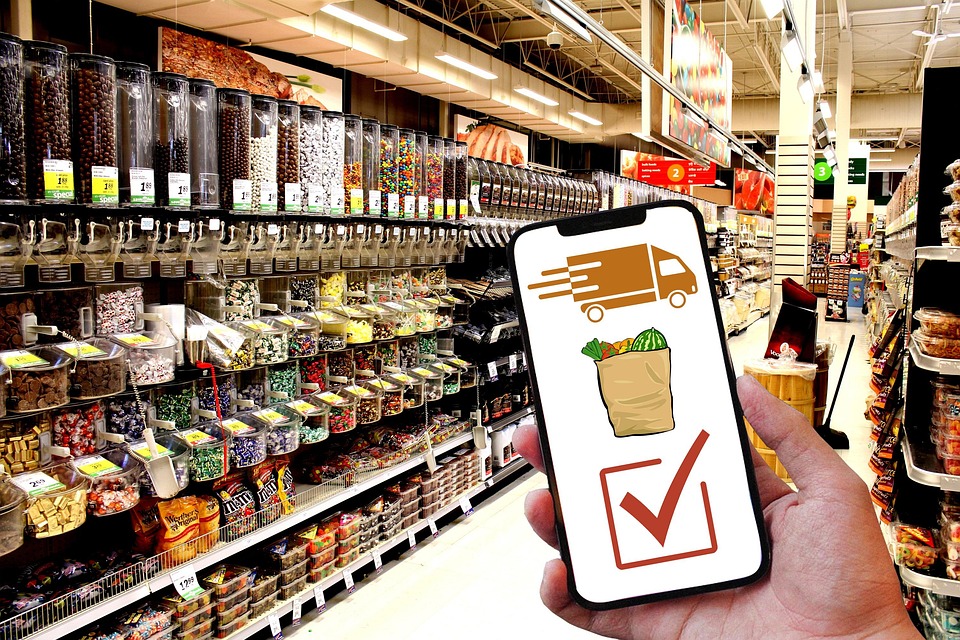In recent years, the food delivery industry has undergone a transformative shift, evolving from a niche service to a ubiquitous option for consumers worldwide. This new wave of food delivery is defined not just by convenience, but also by a marked improvement in quality, sustainability, and customization, reshaping how we access and enjoy our meals.
The Rise of Consumer Demand
A confluence of factors has fueled the explosive growth of food delivery services. Urbanization, busy lifestyles, and a global pandemic all contributed to an increasing appetite for convenience. According to recent reports, the global food delivery market reached approximately $150 billion in 2021, with expected growth rates suggesting it could surpass $200 billion by 2025. The demand is not merely for quick meals; consumers are seeking high-quality options that satisfy both their taste buds and their health-conscious inclinations.
Harnessing Technology for Seamless Service
Modern food delivery services leverage technology to enhance the customer experience. Mobile apps, user-friendly websites, and real-time tracking systems streamline the ordering process. Machine learning algorithms analyze customer preferences, offering personalized recommendations that align with users’ tastes and dietary restrictions. This technological efficiency ensures that meals arrive hot, fresh, and often within the timeframe promised.
Beyond typical convenience, many platforms also emphasize transparency. Users can effortlessly access information about ingredient sourcing, allergen data, and nutritional content. This not only builds trust but also aligns with the growing consumer trend towards health and wellness.
Quality Over Quantity
As the food delivery landscape becomes more competitive, quality has emerged as a key differentiator. Traditional fast food chains are no longer the sole players in this arena. A rise in ghost kitchens and meal prep companies has led to a proliferation of options that prioritize fresh, high-quality ingredients. These establishments often focus on culinary innovation, offering unique flavors and artistic presentations previously reserved for fine dining.
Moreover, many companies have partnered with local restaurants, providing them with a dedicated delivery channel while enhancing the consumer’s choice. This collaboration helps promote local economies and ensures that users have access to beloved neighborhood cuisines, all while enjoying the convenience of delivery.
Sustainability: A Growing Focus
While convenience and quality remain paramount, another significant shift in food delivery is the commitment to sustainability. Many consumers are now considering the environmental impact of their food choices. As a result, several delivery services are prioritizing eco-friendly practices. From biodegradable packaging to carbon-neutral delivery options, companies are taking steps to minimize their environmental footprints.
Some platforms even offer incentives to users who choose to use reusable containers or opt for group orders to reduce packaging waste. This shift towards sustainability is not just a trend; it represents a fundamental reassessment of how food systems operate, reflecting a collective consciousness about the challenges facing our planet.
Customization and Diversity
Today’s consumers crave variety, and food delivery services are rising to the occasion by offering customized meal kits and build-your-own options. From vegan and gluten-free options to ethnic cuisines, consumers can now curate their dining experiences according to their preferences and health needs. This flexibility is especially appealing to younger generations, who prioritize personalized experiences in every aspect of their lives.
The Future of Food Delivery
The new wave of food delivery is more than just a convenience; it’s a movement toward quality, sustainability, and consumer empowerment. As technology continues to advance, we can expect further innovations that will enhance the delivery experience—from automated delivery drones to advanced kitchen robotics.
For consumers, this evolution presents an exciting array of choices that cater to diverse tastes and lifestyles. Whether it’s busy professionals ordering gourmet meals, families enjoying handcrafted pizzas, or individuals seeking healthy meal kits, the future of food delivery is bright, promising a delicious balance of convenience and quality that will likely become the norm.
In conclusion, as the food delivery sector continues to innovate, it is set not just to feed the hungry but to nurture a new culinary culture that values taste, health, and sustainability. As we embrace this new wave, one thing is clear: the future of dining has arrived, and it’s more accessible than ever.



